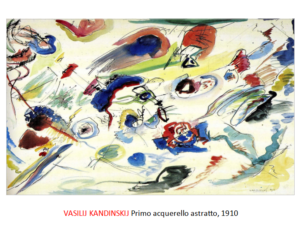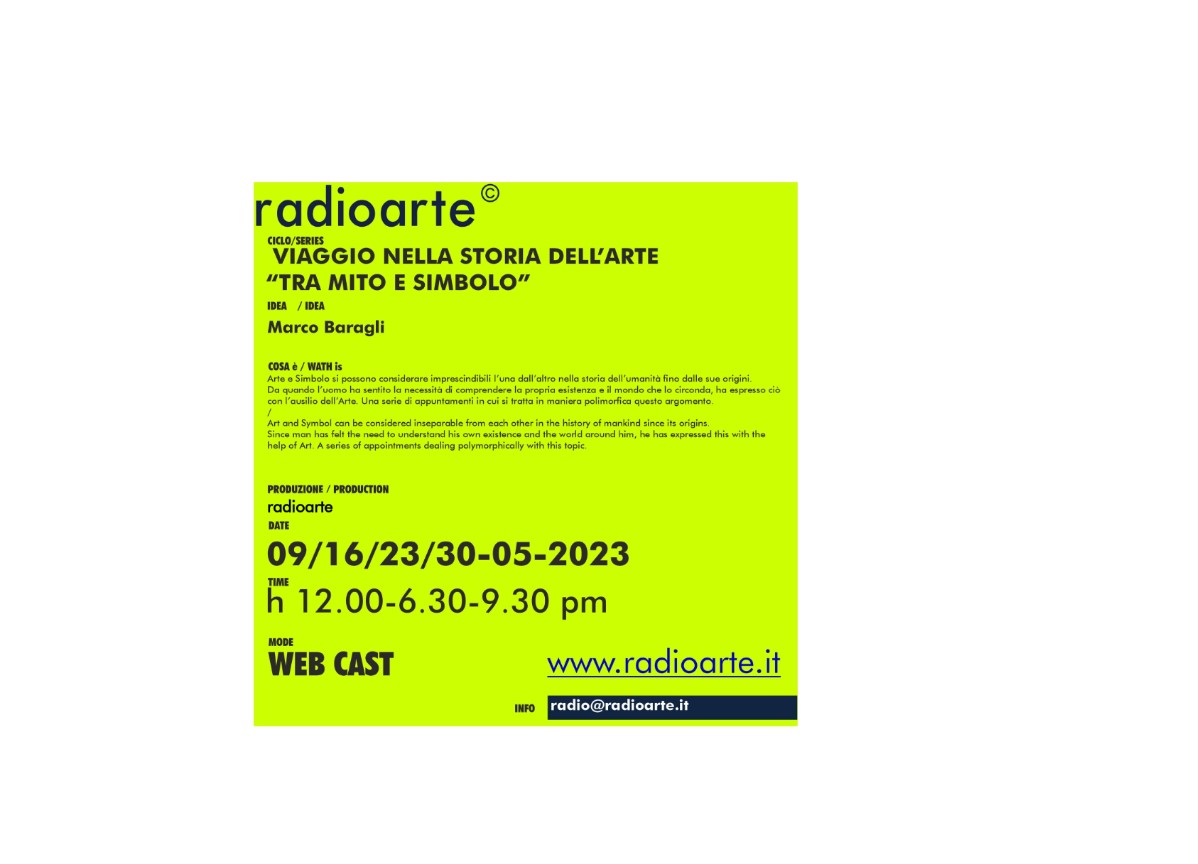
<<SOSTIENI radioarte>>
“TRA MITO E SIMBOLO”
viaggio nella storia dell’arte
Arte e Simbolo si possono considerare imprescindibili l’una dall’altro nella storia dell’umanità fino dalle sue origini./English below…
“TERZO INCONTRO” di 23 Maggio 2022, 12:00, 18:30, 21:30
Professore Marco Baragli e la psicologa-psicoterapeuta Anna Delli Muti dialogano sul
“KANDINSKY: TRA SIMBOLO E PSICOLOGIA “
SEGUI LA PRESENTAZIONE COMPLETA QUI>> VASILIJ KANDINSKIJ/ Marco Baragli ©2023
radioarte è lieta di annunciare
“TRA MITO E SIMBOLO” viaggio nella storia dell’arte è una nuova rubrica settimanale ideata e condotta da Marco Baragli ©2023.
Marco Baragli
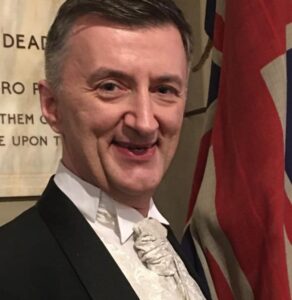
fonte credit>
Marco Baragli> Marco Baragli è laureato in Teologia, Filosofia e Diplomato in Flauto Traverso al Conservatorio di Siena. All’università teologica si è specializzato anche in Simbologia e, da anni ormai, svolge attività di simbolista. Ha pubblicato articoli in diverse testate anche specialistiche e ha tenuto conferenze facendo letture “alternative” di diverse opere d’arte. Attualmente è docente di filosofa presso un Liceo della città di Siena. Scopri di più>>
Anna Delli Muti

foto credit Marco Baragli
Anna Delli Muti>>, psicologa-psicoterapeuta, si è laureata in Psicologia clinica e delle comunità presso l’Università “La Sapienza” di Roma. Precedentemente ha conseguito le lauree In Discipline delle Arti-Musica-Spettacolo; in Didattica della Musica, in Pianoforte; oltre a vari corsi di perfezionamento.
Si è formata come psicoterapeuta cognitivo-comportamentale; neuropsicologa; pedagogista interculturale; perito e/o consulente in ambito forense. E’ iscritta all’albo degli psicologi della Puglia. Ha svolto anche attività di CTU per il Tribunale di Foggia.
Contemporaneamente è risultata vincitrice di concorso nella scuola primaria dove ha ricoperto anche il ruolo di referente per il bullismo e il cyber bullismo e quello di funzione strumentale per gli alunni H.
Attualmente, attraverso passaggio, è di ruolo come docente di musica nella scuola secondaria di I grado. Leggi di più>>
SEGUI LA PRESENTAZIONE COMPLETA QUI>> VASILIJ KANDINSKIJ/ Marco Baragli ©2023
“KANDINSKY: TRA SIMBOLO E PSICOLOGIA
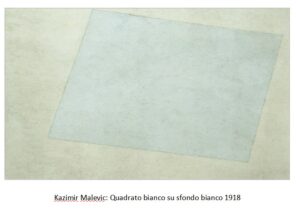
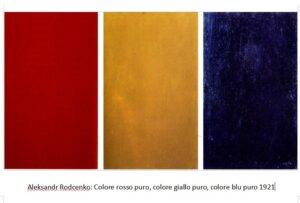
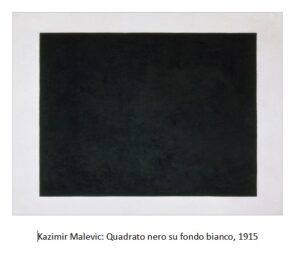
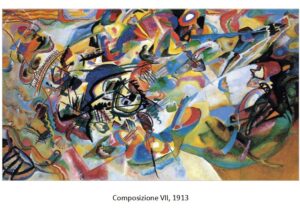
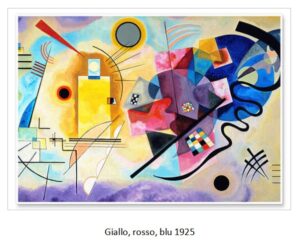

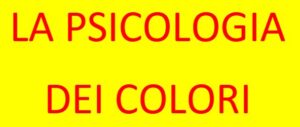
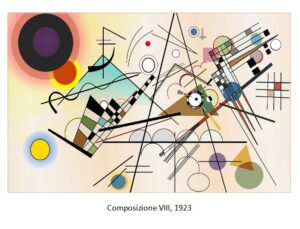
<<SOSTIENI radioarte>>
EN
/
“BETWEEN MYTH AND SYMBOL”
journey through the history of art
radioarte is pleased to announce
conceived and curated by Marco Baragli ©2023
Marco Baragli
Marco Baragli> Marco Baragli has a degree in Theology and Philosophy and a Diploma in Flute at the Siena Conservatory. At the theological university he also specialized in Symbology and, for years now, has been working as a symbolist. He has published articles in various magazines, including specialized ones, and has held conferences making “alternative” readings of various works of art. He is currently a professor of philosophy at a high school in the city of Siena. Read more>>
Anna Delli Muti
Anna Delli Muti >> Anna Delli Muti, psychologist-psychotherapist, graduated in Clinical and Community Psychology at the “La Sapienza” University of Rome. Previously he obtained a degree in Arts-Music-Entertainment Disciplines; in Music Education, in Piano; as well as various training courses.
She trained as a cognitive behavioral therapist; neuropsychologist; intercultural educator; forensic expert and/or consultant. She is registered in the register of psychologists of Puglia. He also carried out CTU activities for the Court of Foggia.
At the same time she was the winner of the competition in primary school where she also held the role of referent for bullying and cyber bullying and that of instrumental function for pupils H.
Currently, through transition, he is employed as a music teacher in the lower secondary school. Read more>>
IN COLLABORATION WITH:
For the cover of the column “TRA MITO E SIMBOLO”
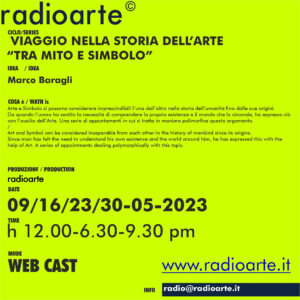
@MarcoBaragli @AnnaDelliMuti #tramitoesimbolo #Sarrocchi
#radioarte #italia #arte #artevisiva #instalazioni #rubrica
***
radioarte.it


